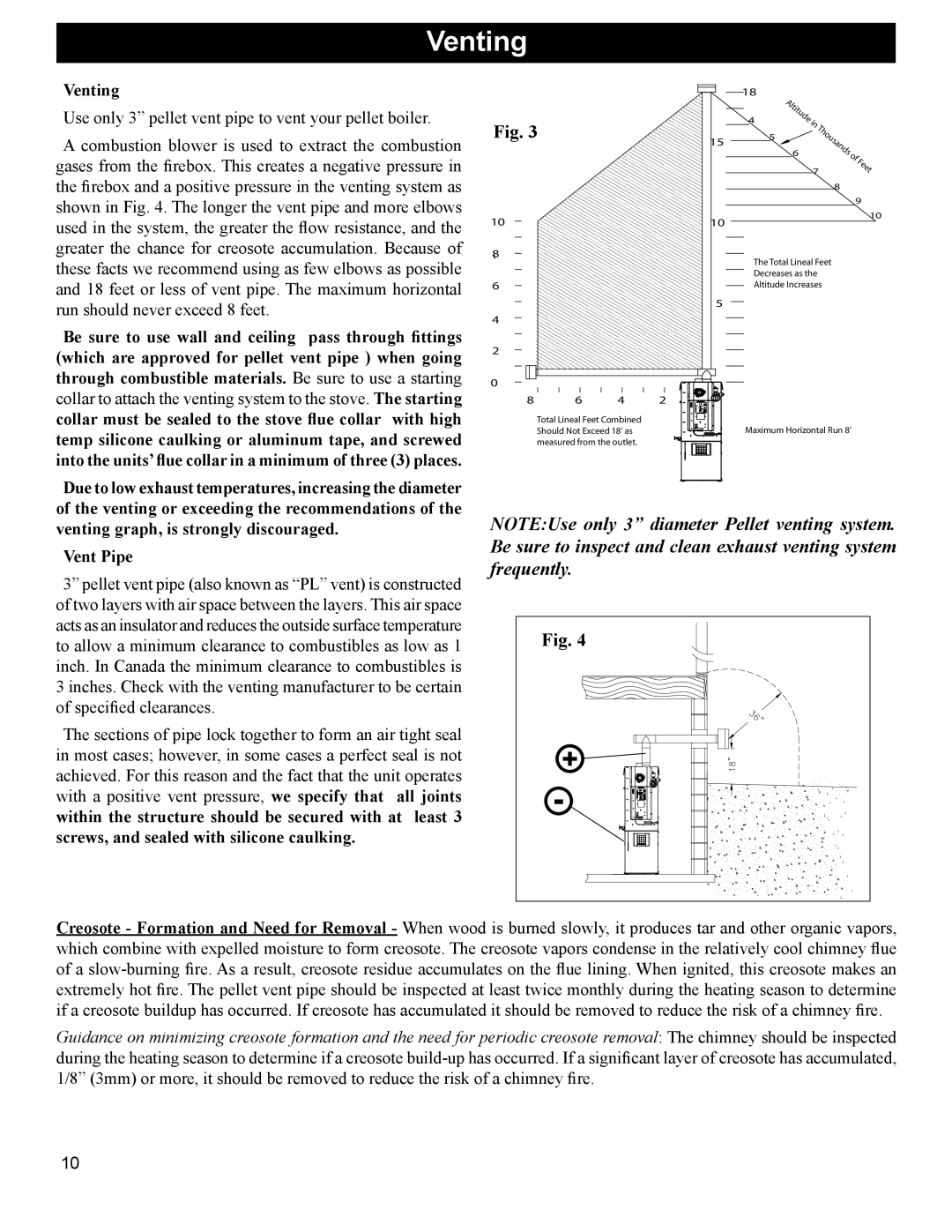BH60 specifications
The Heatiator BH60 is an innovative heating solution designed to enhance indoor comfort while maximizing energy efficiency. This state-of-the-art heater combines advanced technology with user-friendly features, making it an ideal choice for both residential and commercial applications.One of the standout features of the Heatiator BH60 is its powerful heating capability. The unit can produce an impressive amount of heat, making it suitable for larger spaces. With an adjustable thermostat, users can easily set their desired temperature, ensuring a cozy environment regardless of the season. Additionally, the unit employs a rapid heating technology that allows it to warm up spaces quickly, reducing the wait time for comfort.
The Heatiator BH60 is equipped with energy-saving technologies to minimize power consumption while maximizing output. The unit utilizes a smart energy management system that monitors usage patterns and adjusts heating levels accordingly. This not only helps in reducing energy bills but also contributes to a more sustainable environment. The heater is also designed to operate quietly, making it perfect for use in bedrooms, living rooms, and offices without disturbing daily activities.
Another significant characteristic of the Heatiator BH60 is its safety features. The heater is built with overheat protection, which automatically shuts off the unit if it reaches unsafe temperature levels. Additionally, the unit is constructed with flame-resistant materials, adding an extra layer of safety. It also comes with a tip-over switch that automatically turns off the heater if it is knocked over, making it a safe option for households with pets and children.
The design of the Heatiator BH60 is both sleek and modern, allowing it to blend seamlessly into various interior styles. Its compact size ensures it does not take up much space, making it easy to place it in different locations according to needs. Users appreciate the straightforward controls, which provide a hassle-free experience when adjusting settings.
In conclusion, the Heatiator BH60 stands out as an effective and efficient heating solution. With its robust heating capabilities, energy-efficient technologies, and a focus on safety, it is an excellent choice for anyone looking to improve their indoor climate. Whether in a home or office, the Heatiator BH60 promises to deliver comfort and warmth in a reliable manner.

